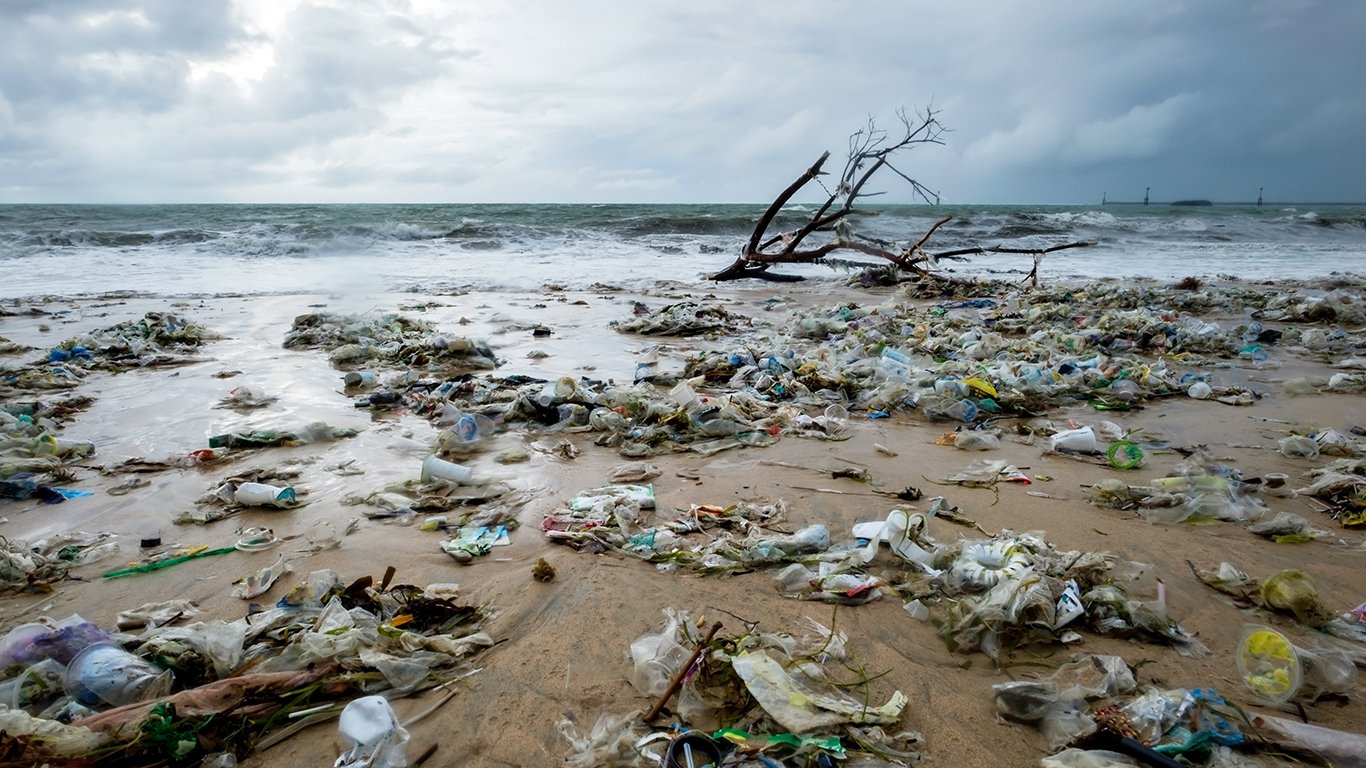Soon You’ll Be Able to Know the Air Pollution Levels in Your Own Neighborhood
June 13, 2019 by Douglas A. McIntyreAir pollution is a major cause of death around the world. In some cities, it makes tens of thousands of people sick every year. Governments and scientist can measure levels of air pollution across wide areas. Now, it can be measured on a block-by-block, neighborhood-by-neighborhood level.
Experts at the Chalmers University of Technology, a research university based in Sweden, have invented sensors that can be installed in streetlights or other local power sources. They are based on a small, optical nano-sensor that is lightweight and easy to mount. Current sensors are very expensive and heavy. The new invention measures nitrogen dioxide, a major marker of air pollution. Commenting on the new technology, Chalmers researcher Irem Tanyeli, said, “Air pollution is a global health problem. To be able to contribute to increased knowledge and a better environment feels great. With the help of these small, portable sensors, it can become both simpler and cheaper to measure dangerous emissions extremely accurately.”
The researchers who built the sensor say that it will soon be adapted to measure gases beyond nitrogen dioxide. This will broaden the application of the tool. The first version of the product is already in use in some parts of Sweden.
Among the reasons for local monitoring of nitrogen dioxide is that most of it is caused by traffic, the researchers said. Local monitoring is among the tools that city governments in highly polluted metropolitan areas use in throttling the number of cars and trucks that can enter when air pollution is heaviest. Beijing is one such city, though it is not even among the cities with the worst air pollution in the world.
Chalmers has begun to form relationships with private companies to deploy the sensors across wide areas in cities. While this may be useful, Sweden’s cities do not have high levels of air pollution. Some cities in China and India, however, routinely have levels well above those the World Health Organization says are safe. Both of these nations are among the 25 countries with the most CO2 emissions.
 24/7 Wall St.
24/7 Wall St.